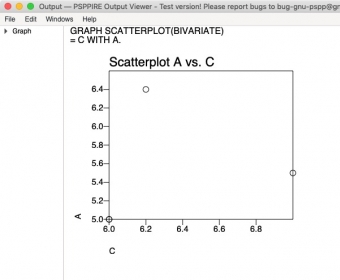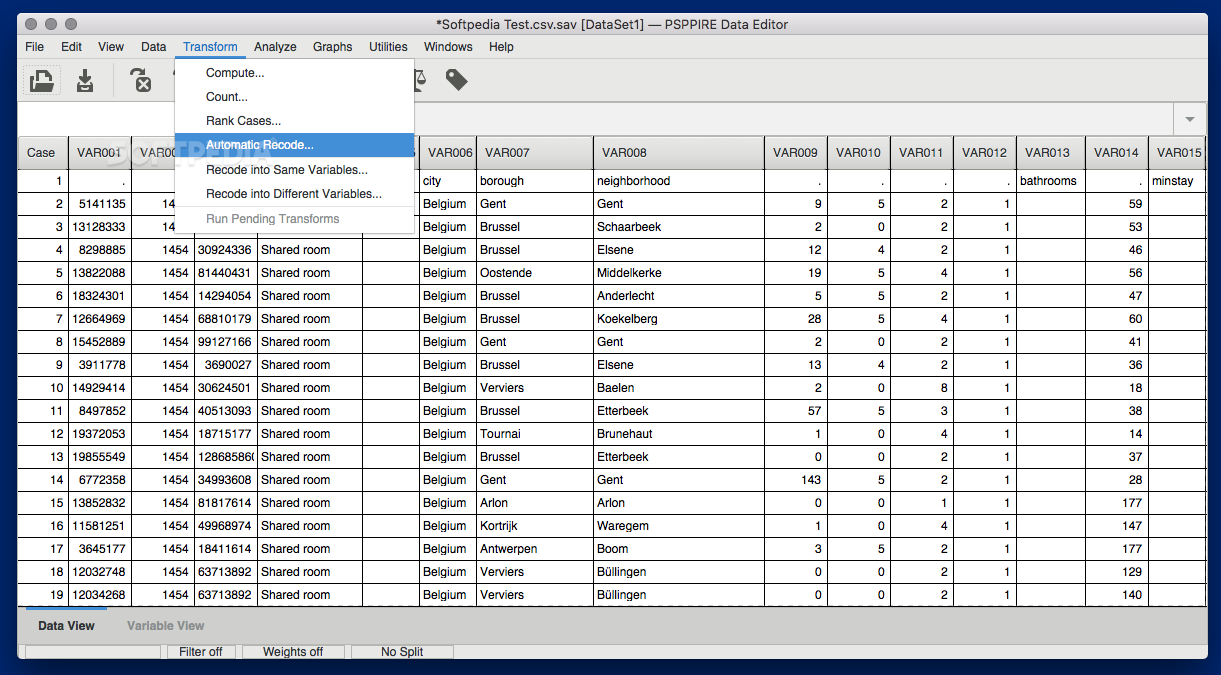
In the preceding assumptions, a major problem which arises when dealing with CCD/CMOS cameras in the severe accident situations of the nuclear power plant is the presence of high dose-rate gamma irradiation fields. And another 2 CCD cameras are assigned for reading the indication value of the radiation dosimeter and the instrument. A CCD camera with wide field of view optics is used for monitoring the status of the communication (VDSL) cable reel. And 2 CCD (or CMOS) cameras are used for monitoring the status of front-end and back-end motion mechanics such as flippers and crawlers. 2 CCD cameras of Quince robot are used for the forward and backward monitoring of the surroundings during navigation. In the case of the Japanese Quince robot system, which was sent to carry out investigating the unit 2 reactor building refueling floor situation, 7 CCD/CMOS cameras are used. If assumed that the emergency response robot for the management of severe accident of the nuclear power plant has been sent into the reactor area to grasp the inside situation of reactor building and to take precautionary measures against releasing radioactive materials, the CCD/CMOS cameras, which are loaded with the robot, serve as eye of the emergency response robot. From the CAMS (containment atmospheric monitoring system) data of Fukushima Dai-ichi nuclear power plant station, we found out that the gamma ray dose-rate when the hydrogen explosion occurred in nuclear reactors 13 is about 160 Gy/h. In this paper, test results of gamma ray irradiation to CCD/CMOS cameras are described. On-Line High Dose-Rate Gamma Ray Irradiation Test of the CCD/CMOS CamerasĬho, Jai Wan Jeong, Kyung Min [Korea Atomic Energy Research Institute, Daejeon (Korea, Republic of) International Nuclear Information System (INIS) CCD, CMOS and PSP-based digital images provided a level of diagnostic performance comparable to Kodak Insight film.
PSPP WINDOWSPACKAGE PSP
CCD, CMOS, PSP and film performed equally well in the detection of occlusal and proximal dental caries. No statistically significant difference was noted between any of the imaging modalities.

For proximal caries, Kodak Insight film had an Az of 0.833, CCD one of 0.832, CMOS one of 0.828 and PSP one of 0.868. For occlusal caries, Kodak Insight film had an Az of 0.765, CCD one of 0.730, CMOS one of 0.742 and PSP one of 0.735.

Analysis using ROC curves revealed the area under each curve which indicated a diagnostic accuracy. Diagnostic accuracy was evaluated using ROC curve areas (AZ).

The presence of caries was validated histologically and radiographically. 5 observers examined the radiographs for occlusal and proximal caries using a 5-point confidence scale. 32 occlusal and 30 proximal tooth surfaces were radiographed under standardized conditions using 3 digital systems CCD (CDX-2000HQ, Biomedysis Co., Seoul, Korea), CMOS (Schick, Schick Inc., Long Island, USA), PSP (Digora FMX, Orion Co./Soredex, Helsinki, Finland) and 1 film system (Kodak Insight, Eastman Kodak, Rochester, USA). To evaluate the diagnostic accuracy of occlusal and proximal caries detection using CCD, CMOS, PSP and film system. Han, Won Jeong [Dankook University College of Medicine, Seoul (Korea, Republic of)

A comparison of film and 3 digital imaging systems for natural dental caries detection: CCD, CMOS, PSP and filmĮnergy Technology Data Exchange (ETDEWEB)


 0 kommentar(er)
0 kommentar(er)
